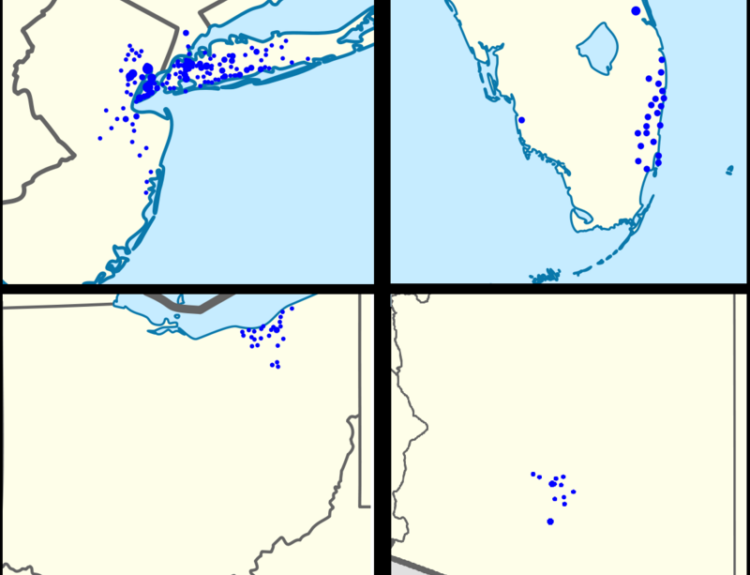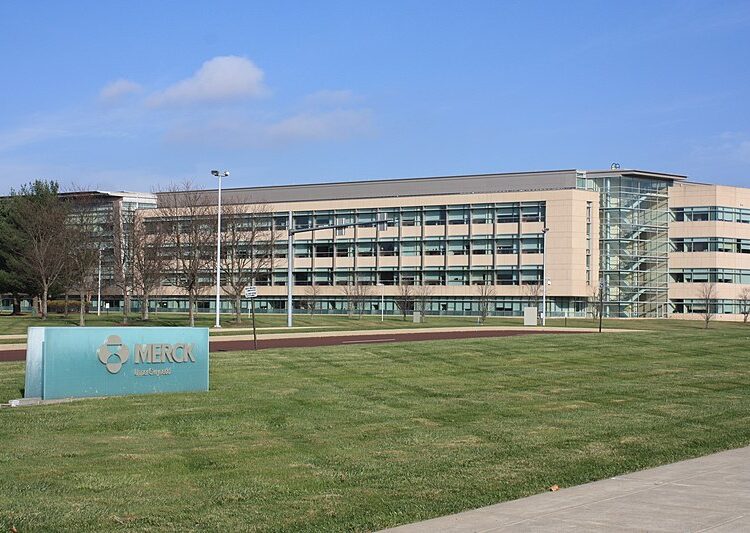Unlock the secrets to staying in your home as you age with smart planning and open dialogue.
- 77% of older adults prefer to age in their current homes.
- Preparation includes assessing home safety and having honest family discussions.
- Less than half of adults 65+ live in single-floor homes, posing safety risks.
- In-home care can cost around $24,000 a month, requiring financial planning.
- Home equity can be a resource for remodeling and care costs.
A significant majority of older Americans, about 77%, wish to remain in their own homes as they age, according to a study by Harvard University. However, this desire can lead to financial and emotional strains if not properly planned for. To successfully age in place, it’s crucial to conduct an objective assessment of your home, engage in frank discussions with family members, and create a realistic financial strategy. nnMany homes occupied by seniors have features that may become problematic, such as stairs and narrow doorways, which may require modifications as mobility decreases. Additionally, the need for assistance from family or paid caregivers can arise, often at a higher cost than anticipated, and typically not covered by Medicare. nnKen Dychtwald, co-founder of Age Wave, emphasizes the importance of considering home safety and size as one ages. He suggests that just as we child-proof our homes, we should also age-proof them. nnDespite the importance of these discussions, only about half of seniors have had serious conversations with their loved ones regarding their future care needs. Ronna Lichtenberg, a certified financial planner, shares her experience of initiating these tough conversations with her stepchildren, highlighting the need for transparency about financial stability and the implications for inheritance. nnSafety is a major concern, as less than half of seniors aged 65 to 79 live in single-story homes, which can lead to falls—one of the leading causes of injury in this age group. Smart-home technology can enhance safety and provide peace of mind for families, allowing seniors to control their environment easily. nnFinancial resources play a critical role in aging at home. Understanding your savings, home equity, and insurance coverage is essential for planning necessary home modifications and in-home care. The average cost for round-the-clock in-home care is around $24,000 per month, which can vary significantly by location. nnExperts recommend considering long-term care insurance and home equity options to fund these expenses. However, it’s vital to be aware of the limitations of insurance policies, as many do not cover the initial days of care or have caps on benefits. nnIn summary, aging at home is a realistic goal for many, but it requires careful planning, open communication with family, and a solid understanding of financial resources.·
Factuality Level: 8
Factuality Justification: The article provides relevant statistics and expert opinions on aging in place, supported by credible sources like Harvard University. It discusses the challenges and considerations for older adults wanting to stay in their homes, including financial planning and home modifications. While it presents a balanced view, some sections could be seen as slightly anecdotal or opinion-based, which affects the overall objectivity.·
Noise Level: 8
Noise Justification: The article provides a thoughtful analysis of the challenges and considerations for aging in place, supported by data and expert opinions. It discusses financial planning, home modifications, and the importance of communication among family members, which are all relevant and actionable insights. However, it could benefit from a deeper exploration of systemic issues related to aging and care.·
Public Companies: AARP (AARP), Genworth (GNW)
Private Companies: Age Wave,Granny Ronna
Key People: Ken Dychtwald (Co-founder and Chief Executive of Age Wave), Ronna Lichtenberg (Owner of Granny Ronna), Danielle Miura (Certified Financial Planner), Andy Miller (Started AARP’s AgeTech Collaborative), Patricia Wahlgren (Aging-in-place Specialist), David Brillant (Lawyer specializing in estate planning and taxation), Durr Sexton (President of a national insurance brokerage firm)
Financial Relevance: Yes
Financial Markets Impacted: The article discusses financial planning, home equity, insurance policies, and long-term care costs which can impact individual finances and potentially affect financial markets through investments in aging-related products and services.
Financial Rating Justification: The article focuses on the financial aspects of aging in place, such as the cost of home modifications, in-home care expenses, and the importance of financial planning for older adults. It also mentions insurance policies and their limitations, which can impact individual finances and potentially affect markets through investments in aging-related products and services.
Presence Of Extreme Event: No
Nature Of Extreme Event: No
Impact Rating Of The Extreme Event: No
Extreme Rating Justification: The article discusses the challenges and considerations for aging in place but does not mention any extreme event that occurred in the last 48 hours.·
Move Size: No market move size mentioned.
Sector: Healthcare
Direction: Neutral
Magnitude: Medium
Affected Instruments: No
 www.wsj.com
www.wsj.com 





